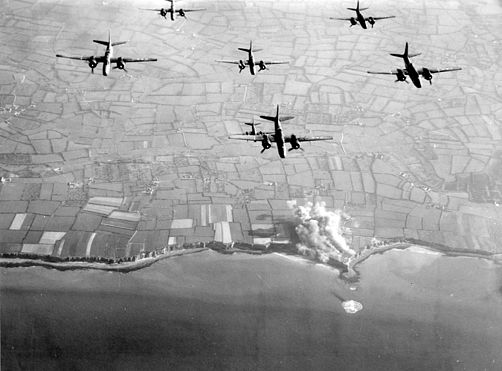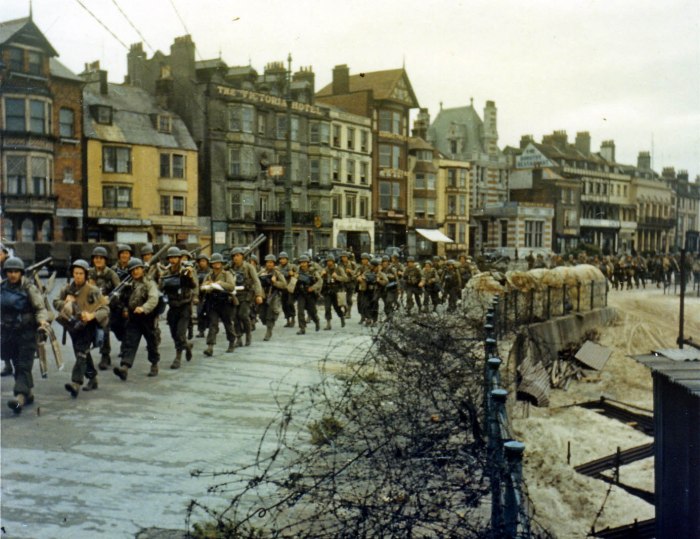 American Waco CG-4A glider being towed in flight (National Archives)
American Waco CG-4A glider being towed in flight (National Archives)
By George Morris
After a half century, World War II aircraft and airmen remain famous. Jimmy Doolittle’s B-25 raiders bombing Tokyo. Claire Chennault’s Flying Tigers dueling Japanese Zeros. British Spitfires and Hurricanes fighting off the German blitz. The Memphis Belle.
Less well known is another group of combat aviators — glider pilots. Yet, they were part of some of the war’s biggest, most dangerous missions.
“A bunch of us are lucky guys to be here,” said W.T. Owens of Baton Rouge in advance of a reunion of about 100 other World War II glider pilots.
 Anderson Wilson served in the ‘Ghost Army’ that tricked German soldiers into believing the U.S. Army had significant forces in areas that were lightly defended. (Photo by Scott Threlkeld, used by permission of The Advocate, Baton Rouge, Louisiana)
Anderson Wilson served in the ‘Ghost Army’ that tricked German soldiers into believing the U.S. Army had significant forces in areas that were lightly defended. (Photo by Scott Threlkeld, used by permission of The Advocate, Baton Rouge, Louisiana) Lenton Sartain, part of the 82nd Airborne Division’s 319th Glider Field Artiller Battalion (Photo by Patrick Dennis, used by permission of The Advocate, Baton Rouge, Louisiana)
Lenton Sartain, part of the 82nd Airborne Division’s 319th Glider Field Artiller Battalion (Photo by Patrick Dennis, used by permission of The Advocate, Baton Rouge, Louisiana) P-51 pilot Osce R. Jones poses beside his aircraft. (Photo provided by Carol Ann Jones Lizana)
P-51 pilot Osce R. Jones poses beside his aircraft. (Photo provided by Carol Ann Jones Lizana)
 Gen. Dwight Eisenhower speaks with paratroopers shortly before they board airplanes taking them into Normandy on D-Day. (National Archives)
Gen. Dwight Eisenhower speaks with paratroopers shortly before they board airplanes taking them into Normandy on D-Day. (National Archives) Bombers attack Pointe du Hoc in advance of D-Day. (National Archives)
Bombers attack Pointe du Hoc in advance of D-Day. (National Archives) Soldiers come ashore on Utah Beach on D-Day (National Archives)
Soldiers come ashore on Utah Beach on D-Day (National Archives)